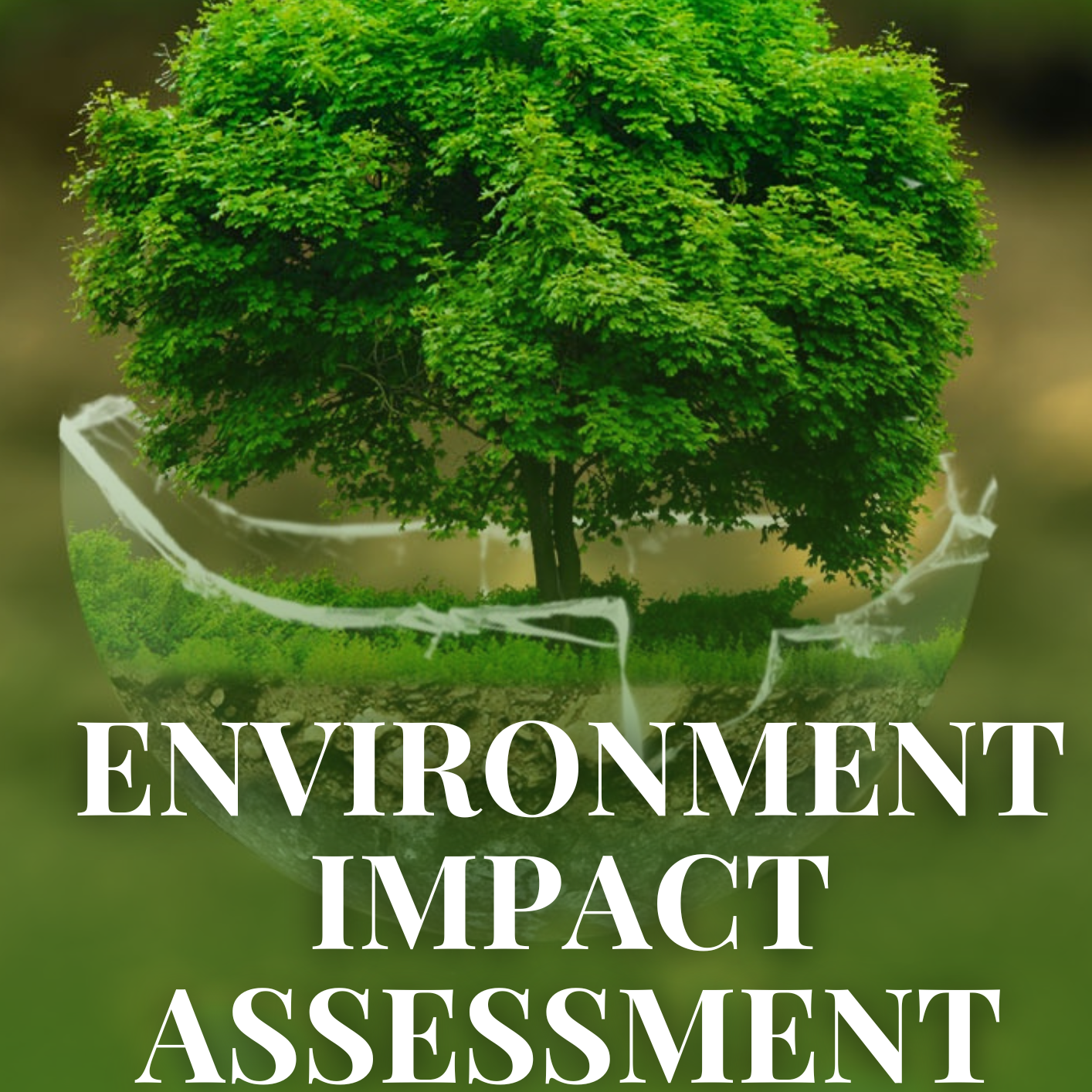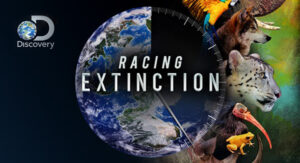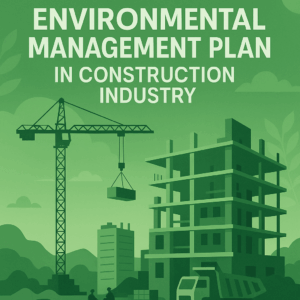Submitting an Environmental Impact Assessment (EIA) report to NEMA is a critical step in ensuring your project complies with Kenya’s environmental regulations. To improve the chances of approval, it’s vital to include all necessary attachments. Below is a detailed guide on what proponents must prepare and submit alongside their EIA report.
1. Land Ownership Documents
Proponents must demonstrate they have legal rights to the land where the project will be located. This can include:
- A Title Deed proving ownership of the land.
- A Lease Agreement if the proponent is leasing the property.
- Any other legal document authorizing the use of the land for the intended purpose.
Why This Matters: NEMA needs to verify that the proponent has proper legal access to the land to avoid disputes or conflicts during project implementation.
2. Identity Card (For Individuals)
For individual proponents, a copy of their National Identification Card (ID) is required.
Purpose: This helps establish the identity of the individual applying for approval, ensuring accountability and traceability.
3. Certificate of Incorporation (For Companies)
For company-driven projects, the Certificate of Incorporation must be included. This document proves that the company is legally registered to operate in Kenya.
Why It’s Needed: NEMA ensures that only legally recognized entities undertake projects requiring environmental clearance.
4. Approved Plans
Submit architectural or technical drawings that have been approved by relevant authorities. Examples include:
- Site layout plans.
- Construction designs approved by the County Government or specific agencies.
Why This Is Important: These plans provide a clear understanding of the project’s scope, layout, and potential environmental impacts.
5. Verified Bill of Quantities (BoQ)
A Bill of Quantities (BoQ) details the materials, resources, and costs involved in the project. Ensure the BoQ is verified by a certified quantity surveyor.
Purpose: It provides transparency on resource requirements, enabling NEMA to assess the scale of potential environmental impacts.
6. Approval from Relevant Authorities
For projects that touch on specific sectors, approvals from other regulatory bodies are mandatory. Examples include:
- Water Resources Authority (WRA): For projects involving water abstraction or effluent discharge.
- Energy and Petroleum Regulatory Authority (EPRA): For energy-related projects such as fuel stations or power plants.
Why This Matters: These approvals confirm that the project complies with sector-specific regulations, avoiding duplication of oversight and ensuring proper coordination among regulatory bodies.
7. Payment Receipt
Proof of payment of the EIA processing fee is mandatory. This includes a receipt generated by the portal during project submission.
Why It’s Needed: The payment receipt verifies that the proponent has met the financial requirements for EIA processing.
8. KRA PIN Certificate
Proponents must attach a copy of their Kenya Revenue Authority (KRA) PIN Certificate to confirm tax compliance.
Purpose: This ensures that proponents are registered taxpayers, aligning with Kenya’s broader regulatory framework.
How These Attachments Streamline the EIA Process
Including these documents ensures NEMA has all the necessary information to assess the project comprehensively. Missing or incomplete attachments can delay approvals or even lead to project rejection. Engaging a licensed EIA expert can help ensure that all required documents meet NEMA’s standards.
References
- Environmental Management and Coordination Act (EMCA), 1999
- Environmental (Impact Assessment and Audit) Regulations, 2003
- National Environment Management Authority (NEMA) Guidelines
- Water Act, 2016
- Energy Act, 2019
By preparing a complete submission, you not only comply with Kenya’s environmental laws but also demonstrate your commitment to sustainable development. Need help with your EIA process? Consult licensed professionals to guide you through every step.



